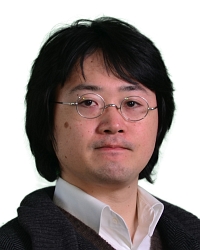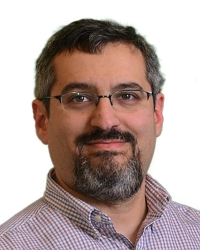TR2017-071
Spatial Scattering Modulation for Uplink Millimeter-Wave Systems
-
- , "Spatial Scattering Modulation for Uplink Millimeter-Wave Systems", IEEE Communications Letters, DOI: 10.1109/LCOMM.2017.2684126, Vol. 21, No. 7, pp. 1493-1496, May 2017.BibTeX TR2017-071 PDF
- @article{Ding2017may4,
- author = {Ding, Yacong and Kim, Kyeong Jin and Koike-Akino, Toshiaki and Pajovic, Milutin and Wang, Pu and Orlik, Philip V.},
- title = {{Spatial Scattering Modulation for Uplink Millimeter-Wave Systems}},
- journal = {IEEE Communications Letters},
- year = 2017,
- volume = 21,
- number = 7,
- pages = {1493--1496},
- month = may,
- doi = {10.1109/LCOMM.2017.2684126},
- url = {https://www.merl.com/publications/TR2017-071}
- }
- , "Spatial Scattering Modulation for Uplink Millimeter-Wave Systems", IEEE Communications Letters, DOI: 10.1109/LCOMM.2017.2684126, Vol. 21, No. 7, pp. 1493-1496, May 2017.
-
MERL Contacts:
-
Research Areas:
Abstract:
In this letter, a new spatial scattering modulation (SSM) is proposed for uplink millimeter-wave (mmWave) systems that support a single user terminal (UT). By utilizing the analog and hybrid beamforming with a large antenna array and phase shifters for mmWave communications systems, an architecture where the UT has a single radio frequency (RF) chain, whereas the base station (BS) has more than one RF chains is adopted. In this architecture, the proposed SSM modulates some information bits on the spatial directions of scattering clusters in the angular domain, so that a higher spectral efficiency can be achieved with the use of a lower order modulation. For a particular number of scattering clusters and number of RF chains, a closed-form expression for the upper bound on the bit error rate (BER) is derived for the proposed SSM. Monte-Carlo simulations are also conducted to verify the achievable BER performance.


